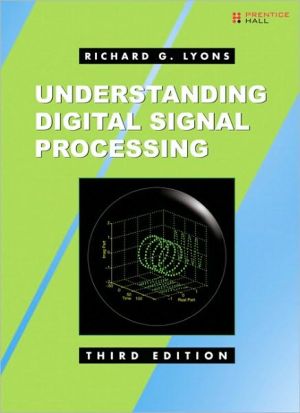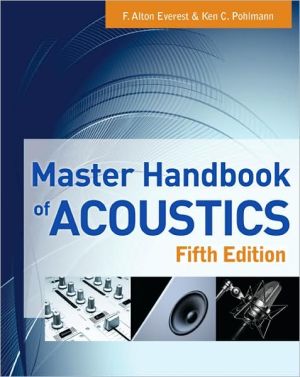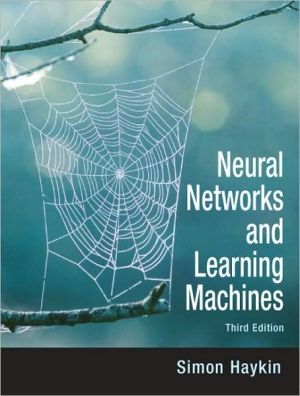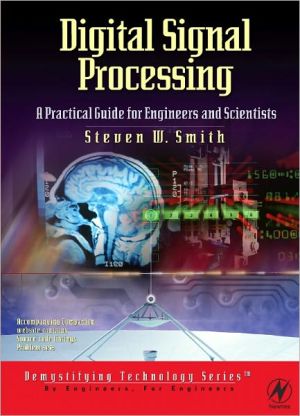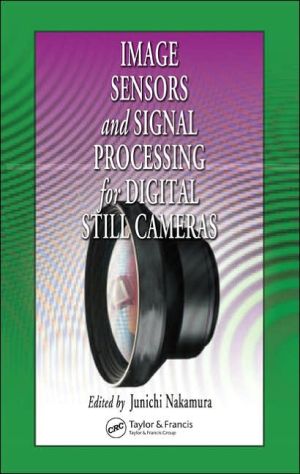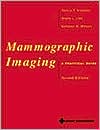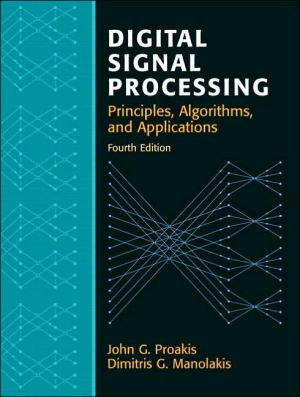Fundamentals of Speech Recognition
Provides a theoretically sound, technically accurate, and complete description of the basic knowledge and ideas that constitute a modern system for speech recognition by machine. Covers production, perception, and acoustic-phonetic characterization of the speech signal; signal processing and analysis methods for speech recognition; pattern comparison techniques; speech recognition system design and implementation; theory and implementation of hidden Markov models; speech recognition based on...
Search in google:
Covers: production, perception, and acoustic-phonetic characterization of the speech signal. Signal processing and analysis methods for speech recognition; pattern comparison techniques. Speech recognition system design and implementation. Theory and implementation of hidden Markov models. Speech recognition based on connected word models. Large vocabulary continuous speech recognition. Task-oriented application of automatic speech recognition. Discusses the breadth and depth of the various disciplines that are required for a deep understanding of all aspects of speech recognition. Explores the relative advantages and disadvantages of the various approach to speech recognition, and shows why, on balance, the pattern recognition approach has become the method of choice for most modern systems. Outlines the fundamental techniques used to provide the speech features used in all recognition systems. Deals with the fundamental problems of defining speech feature vector patterns, and comparing pairs of feature vector patterns both locally and globally. Discusses the key issues of training a speech recognizer and adapting the recognizer parameters to different speakers, transmission conditions, and speaking environments. Describes a basic set of statistical modeling techniques for characterizing speech. Extends the speech recognition problem from single word sequences to fluent speech. Considers the basic principles that make some tasks successful while other fail. Provides examples of several task-oriented recognizers and how they perform in practice. Booknews The authors discuss fundamentals of speech recognition, the speech signal, signal processing and analysis methods for speech recognition, pattern-comparison techniques, speech recognition system design and implementation issues, theory and implementation of hidden Markov models, speech recognition based on connected work models, large vocabulary continuous speech recognition, and task oriented applications of automatic speech recognition. Chapters contain review exercises with solutions. Annotation c. Book News, Inc., Portland, OR (booknews.com)
List of FiguresList of TablesPreface1Fundamentals of Speech Recognition11.2The Paradigm for Speech Recognition31.3Outline31.4A Brief History of Speech-Recognition Research62The Speech Signal: Production, Perception, and Acoustic-Phonetic Characterization112.2The Speech-Production Process142.3Representing Speech in the Time and Frequency Domains172.4Speech Sounds and Features202.5Approaches to Automatic Speech Recognition by Machine423Signal Processing and Analysis Methods for Speech Recognition693.2The Bank-of-Filters Front-End Processor733.3Linear Predictive Coding Model for Speech Recognition973.4Vector Quantization1223.5Auditory-Based Spectral Analysis Models1324Pattern-Comparison Techniques1414.2Speech (Endpoint) Detection1434.3Distortion Measures - Mathematical Considerations1494.4Distortion Measures - Perceptual Considerations1504.5Spectral-Distortion Measures1544.6Incorporation of Spectral Dynamic Features into the Distortion Measure1944.7Time Alignment and Normalization2005Speech Recognition System Design and Implementation Issues2425.2Application of Source-Coding Techniques to Recognition2445.3Template Training Methods2645.4Performance Analysis and Recognition Enhancements2745.5Template Adaptation to New Talkers2855.6Discriminative Methods in Speech Recognition2915.7Speech Recognition in Adverse Environments3056Theory and Implementation of Hidden Markov Models3216.2Discrete-Time Markov Processes3226.3Extensions to Hidden Markov Models3256.4The Three Basic Problems for HMMs3336.5Types of HMMs3486.6Continuous Observation Densities in HMMs3506.7Autoregressive HMMs3526.8Variants on HMM Structures - Null Transitions and Tied States3566.9Inclusion of Explicit State Duration Density in HMMs3586.10Optimization Criterion - ML, MMI, and MDI3626.11Comparisons of HMMs3646.12Implementation Issues for HMMs3656.13Improving the Effectiveness of Model Estimates3726.14Model Clustering and Splitting3776.15HMM System for Isolated Word Recognition3787Speech Recognition Based on Connected Word Models3907.2General Notation for the Connected Word-Recognition Problem3937.3The Two-Level Dynamic Programming (Two-Level DP) Algorithm3957.4The Level Building (LB) Algorithm4007.5The One-Pass (One-State) Algorithm4167.6Multiple Candidate Strings4207.7Summary of Connected Word Recognition Algorithms4237.8Grammar Networks for Connected Digit Recognition4257.9Segmental K-Means Training Procedure4277.10Connected Digit Recognition Implementation4288Large Vocabulary Continuous Speech Recognition4348.2Subword Speech Units4358.3Subword Unit Models Based on HMMs4398.4Training of Subword Units4418.5Language Models for Large Vocabulary Speech Recognition4478.6Statistical Language Modeling4488.7Perplexity of the Language Model4498.8Overall Recognition System Based on Subword Units4508.9Context-Dependent Subword Units4588.10Creation of Vocabulary-Independent Units4778.11Semantic Postprocessor for Recognition4789Task Oriented Applications of Automatic Speech Recognition4829.2Speech-Recognizer Performance Scores4849.3Characteristics of Speech-Recognition Applications4859.4Broad Classes of Speech-Recognition Applications4879.5Command-and-Control Applications4889.6Projections for Speech Recognition493Index497
\ BooknewsThe authors discuss fundamentals of speech recognition, the speech signal, signal processing and analysis methods for speech recognition, pattern-comparison techniques, speech recognition system design and implementation issues, theory and implementation of hidden Markov models, speech recognition based on connected work models, large vocabulary continuous speech recognition, and task oriented applications of automatic speech recognition. Chapters contain review exercises with solutions. Annotation c. Book News, Inc., Portland, OR (booknews.com)\ \

